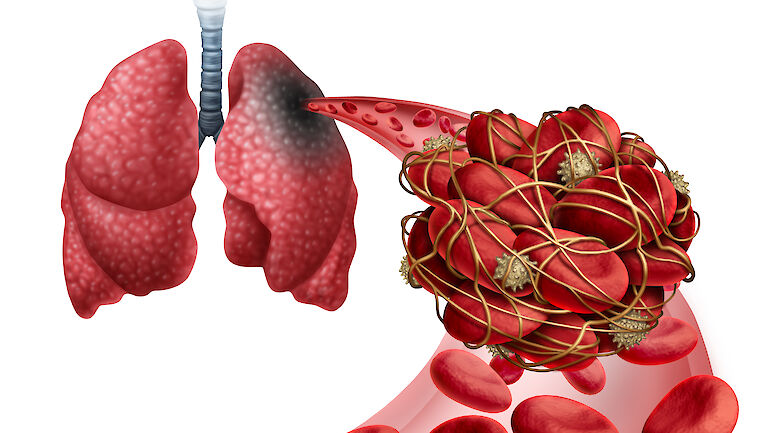English summary: The tension-free vaginal tape obturator (TVT-O) procedure for female stress urinary incontinence

Background
The TVT (tension-free vaginal tape) procedure has become the gold standard surgical treatment for female incontinence surgery. Transobturator outside-in (TOT) and inside-out (TVT-O) techniques were designed to avoid bladder and bowel perforations and injury to large blood vessels related to the retropubic TVT operation. Short term trials suggest that the transobturator route is as effective as the original retropubic approach. Severe complications have not been associated with the TVT-O procedure and bladder or urethra perforations are rare. This paper is the first to summarize how the TVT-O procedure has been received by patients in Finland.
Methods
The study was retrospective. The patient cohort consisted of patients with stress urinary incontinence (SUI), recurrent SUI and mixed urinary incontinence (MUI). Objective cure was defined as a negative cough test three months after the procedure. Subjective treatment success or patient satisfaction was assessed by condition-specific and quality of life questionnaires at follow-up. The study involved 136 patients who underwent TVT-O at the Turku University Hospital between August 2004 and October 2011. The patient records of the 118 women (response rate 86.6%) who completed the questionnaires were examined.
Results
The objective cure rate at three months after surgery was 97.5%. The mean follow-up time to assessment of subjective satisfaction was 51 months. In the SUI group 81.7% of the patients were satisfied with the treatment outcome; in the MUI group the rate was 60.0% (p=0.002) There were no major complications, no haematomas, erosions, bladder or urethra perforations. Urinary tract infections and groin pain were experienced at rates similar to the ones reported in national studies.
Conclusions
The TVT-O operation is effective and safe for patients treated at the Turku University Hospital. Caution is advised when the procedure is planned for patients with mixed urinary incontinence.












